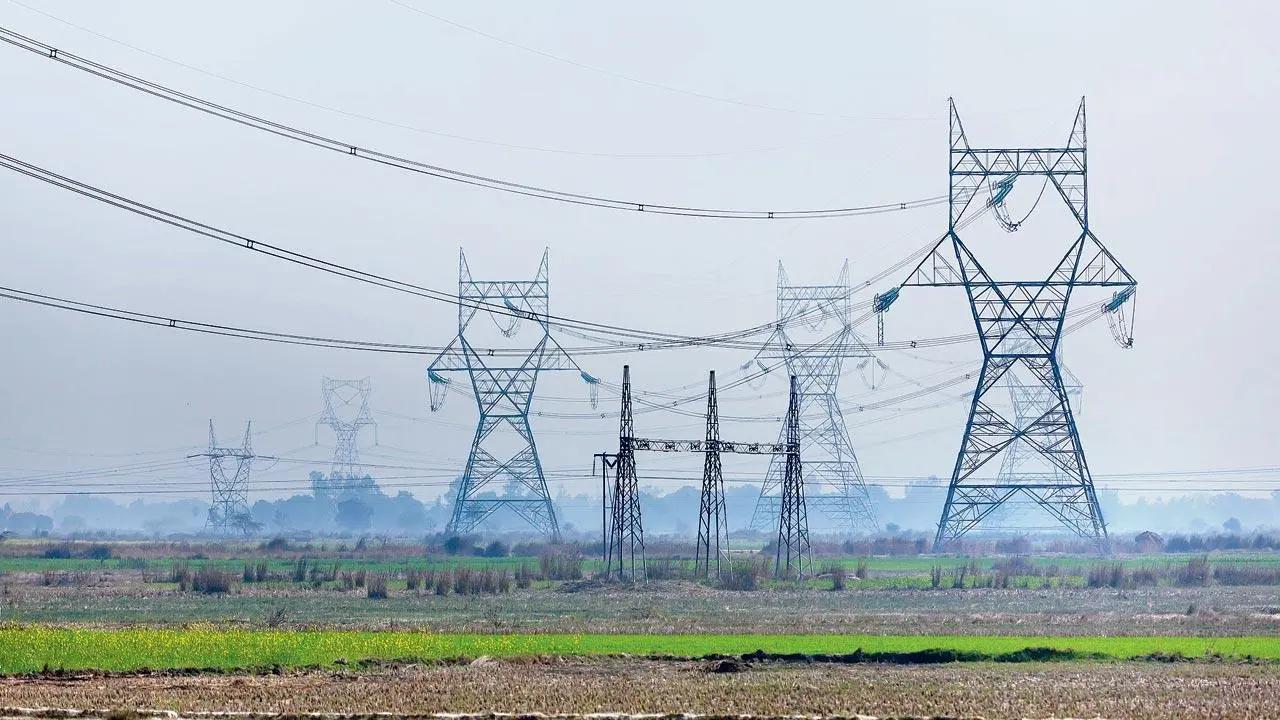India may experience significant evening power shortages by 2027, ranging between 20 and 40 gigawatts, if the electricity demand continues to grow at an annual rate beyond 6 percent, the India Energy and Climate Center said.

The power shortage situation is likely to arise even if all the currently under-construction thermal and hydroelectric capacity becomes functional as planned, the University of California institute cautioned. File pic
India may face significant evening power shortages by 2027, a California-based institute has warned.
ADVERTISEMENT
The country may experience shortages ranging between 20 and 40 gigawatts (GW) if the electricity demand continues to grow at an annual rate beyond 6 percent, the India Energy and Climate Center (IECC) said. The situation is likely to arise even if all the currently under-construction thermal and hydroelectric capacity becomes functional as planned, the University of California institute cautioned.
It observed that India's electricity demand grew by 7 percent last year, significantly outpacing the global average of 2.2 percent. Between May 2019 and 2024, India's peak electricity demand surged by 68 GW, from 182 GW to 250 GW, marking an annual growth rate of 6.5 percent.
The country met a record maximum power demand of 250 GW on May 30.
The post-Covid period saw an even more dramatic increase in demand, with peak levels jumping by 46 GW in just two years, from 204 GW in May 2022 to 250 GW in 2024.
The report further mentioned that during a recent heat wave from May 17 to 31 this year, India's power system faced significant stress. Despite having more than 140 GW of renewable energy (RE) capacity (excluding large hydro), only 8-10 GW was available during the evening peak periods in early May.
India's power sector is poised for robust growth in the fiscal year 2025, with expectations of a healthy demand surge at approximately 6.0 percent this fiscal.
The report highlighted the urgent need for policy intervention to avert these shortages. It suggested that deploying storage solutions combined with solar power could mitigate the risk. Evening peaking RE would be critical for increasing deployment by states and could work alongside technology-neutral procurement obligations for utilities.
The report also recommended achieving a solar-plus-storage cost target of Rs 3/kWh by 2027, noting that SECI (2024) auctions are already at Rs 3.41/kWh.
Additionally, it advised avoiding inefficient thermal investments and focusing on energy arbitrage and ancillary services to ensure a stable power supply.
(With ANI inputs)
 Subscribe today by clicking the link and stay updated with the latest news!" Click here!
Subscribe today by clicking the link and stay updated with the latest news!" Click here!







